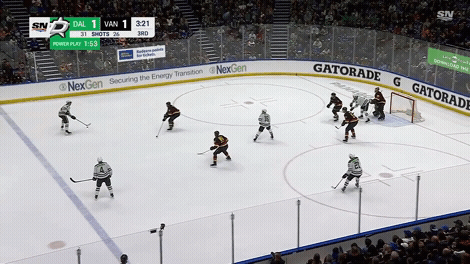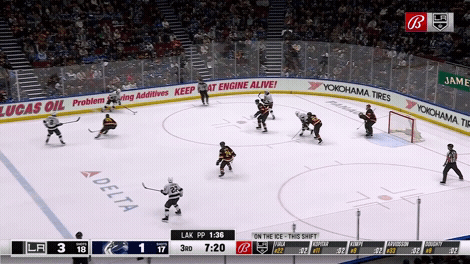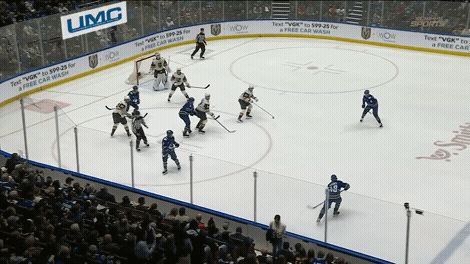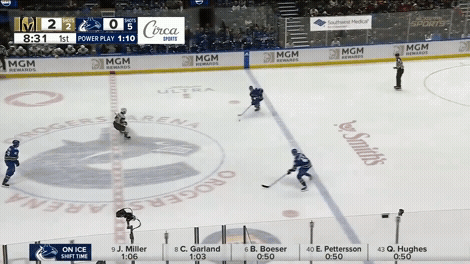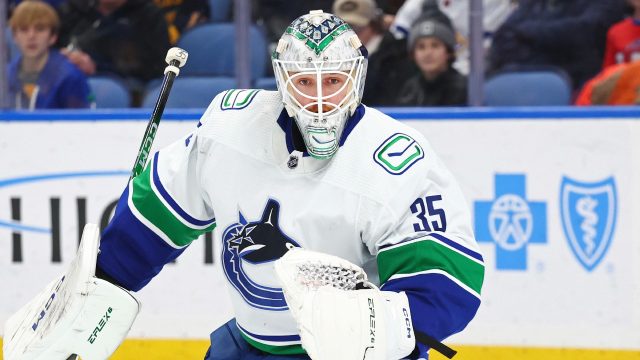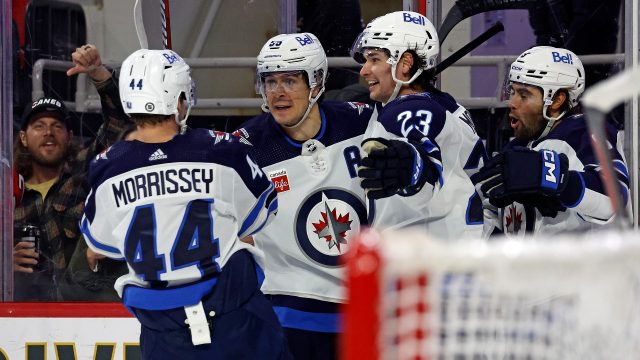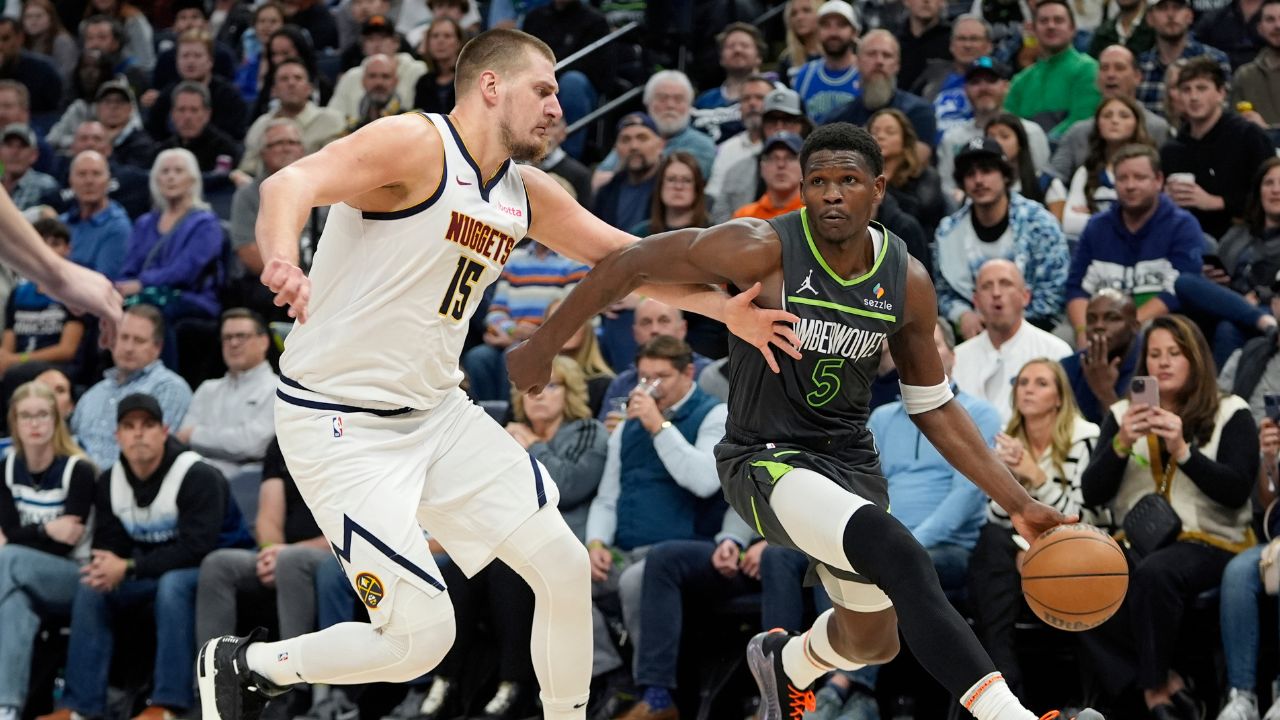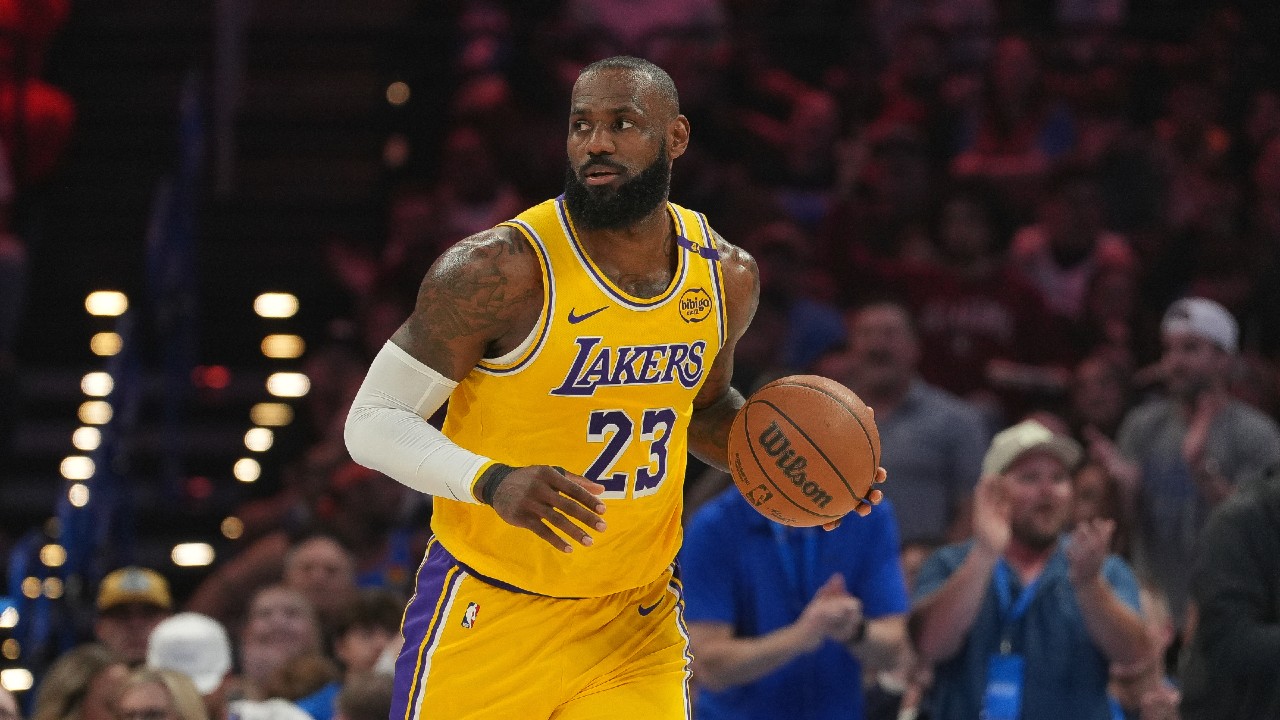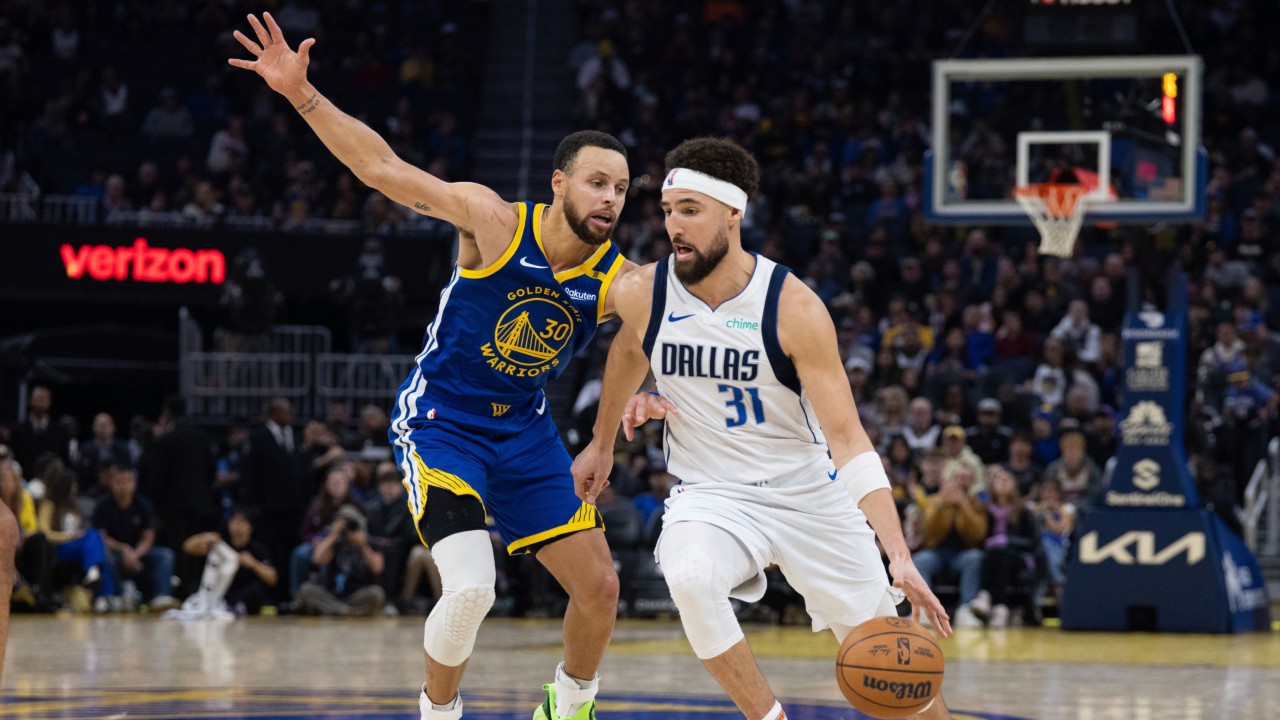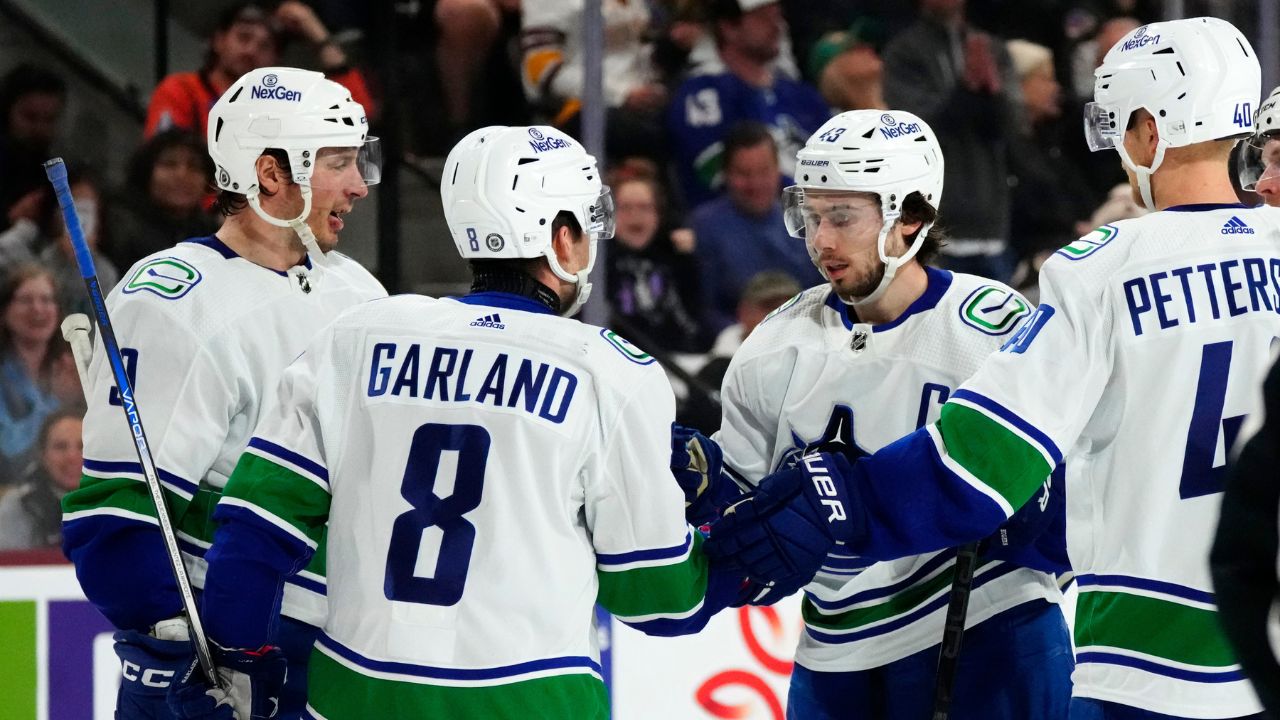
Put up your hand if you honestly felt this year’s version of the Vancouver Canucks would take a run at the Pacific Division regular season title. Even the most diehard Canucks fans could only have dreamed about the team turning things around as quickly as they have.
With four games left, the Canucks sit atop the Pacific with 105 points, four up on the Edmonton Oilers. Vancouver is on the cusp of winning its first division title since the 2014-15 season and will be hosting home playoff games for the first time in nearly a decade.
And while the Canucks have shown some inconsistency in their play recently, the turnaround from last year’s 83-point season has been remarkable.
For example, last year’s Canucks finished with a minus-26 goal differential, but this year they’re plus-53 — a swing of plus-79, year over year. That’s basically the equivalent of one extra goal per game, and their win/loss record has blossomed in the process.
I’m pulling for the Canucks organization, and especially their fan base. Going on a playoff run takes some fortunate bounces, outstanding goaltending and, most of all, relentless compete and execution.
So, with playoffs on the horizon, I set out to get a better understanding of some of the positive and negative trends in Vancouver’s game.
Here are some of my observations:
COACHING AND EXPECTATIONS
Let’s get this part out of the way immediately: Rick Tocchet should win the Jack Adams Award for NHL coach of the year.
The Canucks have evolved in almost every statistical category. The “buy-in” Tocchet has been able to get from the group has been consistent from day one in training camp. Much of the Canucks’ core group of players (JT Miller, Brock Boeser, Quinn Hughes and Thatcher Demko) have taken their games to another level.
The only core forward who has fallen off a little bit, scoring-wise, is Elias Pettersson. However, his drop in scoring from 102 points last season to 88 this season hasn’t led to a dip in his defensive detail. He’s still being deployed in all situations and is a plus-20.
And in addition to Vancouver’s three-zone detail as a team at even-strength, its special teams units have also improved.
Tocchet and his staff demand paying attention detail and competing. The Canucks’ overall success is due to the systems they play and the expected execution demanded by the coaches.
PENALTY KILL
The Canucks’ penalty-kill last season was historically awful, finishing with a 71.8 per cent kill rate. This season, their PK has improved to 78.5 per cent, which lands them just below the middle of the pack in the NHL. I’d like to see the number improve to over 80 per cent in the playoffs, but that won’t be easy to achieve.
In Vancouver’s most recent 10-game segment (before Wednesday’s game against Arizona), it allowed nine goals against while shorthanded. Now, the Canucks didn’t allow any shorthanded goals in the last four games of that segment, but the fact they were scored upon nine times in the other six games was a cause for concern. The group does seem to keep with its process and make necessary adjustments that result in more positive results over time, but they have to eliminate the wild swings in consistency come playoffs.
Here are some examples of what Vancouver was struggling with, and the recent adjustments it has made to its penalty-kill:
In the first clip, Vancouver is late rotating versus the Dallas Stars.
In the second clip, the Canucks are much more committed. They are completely in sync with each other defensively, leading to Pius Suter winning a race to the puck and eliminating pressure.
If Vancouver expects to have success in the playoffs, it will need to consistently elevate its penalty-killing.
POWER PLAY
Vancouver is fortunate to have one of the most elite power play quarterbacks in the league running its first unit. Quinn Hughes is a dynamic playmaker with the man advantage.
Beyond Hughes, there is no doubt the Canucks have the personnel to have an impact power play. Boeser, Miller and Pettersson have been strong all season, while Conor Garland has recently had an impact on the power play with his tenacity extending plays and willingness to screen goaltenders by setting up shop around the crease.
Vancouver’s power play has been steady recently. The Canucks have a success rate of 22.9 per cent on the PP this season, a marginal uptick from last year’s 22.8 per cent. It’s a small difference, but a positive one, nonetheless.
Winning offensive zone faceoffs, breaking the play out of their zone cleanly, and retrieving pucks along the wall to extend offensive zone possession are keys to a successful power play. Going to the net to create screens, tip shots, and to pounce on rebounds is also critical.
Like all teams, when the Canucks aren’t heading to the crease they allow opposing goalies the chance to make routine stops on shots from distance.
Here’s an example that shows Vancouver’s quick puck movement, but Boeser needs to get to the crease faster in this sequence. A potentially dangerous scoring chance becomes a routine save for Jake Oettinger in Dallas’ net due to the lack of crease traffic.
Heading to the net in the offensive zone and battling through checks is even more important come playoffs. It’s a tactic that slowly starts to wear down opponents and gets under their skin to create a distraction.
Here’s a simple example of the Canucks winning a draw and heading to the net looking for second chances:
But when Vancouver is at its best on the power play, it attacks with speed and maintains possession in the offensive zone.
The next clip is a prime example of the Canucks attacking, moving the puck quickly and opening up a clean shooting lane that results in the play heading to the net through screens.
Teams that take advantage of their opponents’ lack of discipline at this time of year generally go on to win a playoff series. It’s an area I’m keenly watching on the Canucks.
STARTING WITH THE PUCK
I consistently mention the importance of winning faceoffs. I know it’s not the sexiest line item in the box score on a nightly basis, but everyone knows when a team loses a key draw in the last minute of a game, it can be the key turning point for a goal, or goal against.
Vancouver is in great shape when it comes to winning draws. The coaching staff can be confident knowing they have options at both ends of the ice to run set plays via faceoff wins.
Here’s a look at the success rate of the Canucks’ centremen in the face-off circle:
Elias Lindholm: 60%
JT Miller: 57%
Teddy Blueger: 53%
Elias Pettersson: 51%
Pius Suter: 4%
PHYSICAL PUSH BACK
When I think about the Canucks roster, it doesn’t immediately jump out at me as a team that plays an exceptionally physical style. But the group holds its own in the trenches.
Dakota Joshua will play an important role for Vancouver in the playoffs. The team clearly missed his presence when he was out of the lineup for several weeks with injury. Although he has played only 60 games, Joshua leads the Canucks with 234 hits and he also contributes secondary offence (16G-14A). Players like Joshua play massive roles for teams when the game gets more physical in the playoffs.
Miller also plays with a combination of power, speed, and finesse. Not only has he eclipsed 100 points in scoring, he has been credited with 215 hits.
Sam Lafferty is a bottom-six forward who can slot into a middle-six role if required. He’s especially useful when the game becomes a slugfest along the boards and around the net. Lafferty is another option for secondary offence (12G-11A) who can also play a physical game and been credited with 186 hits this season.
And, finally, it might come as a surprise, but the most physical Canucks defenceman from a pure hit perspective has been Noah Juulsen, who has earned 161 hits in 53 games.
GETTING THATCHER DEMKO BACK HEALTHY
Thatcher Demko has been out of the Canucks’ lineup with injury since March 9. The team has taken it slowly with his recovery but now, after getting in a full practice Thursday, his return seems near.
Before his injury, Demko had posted a 34-13-2 record alongside a 2.47 GAA and .916 save percentage. He’s one of the best goalies in the entire NHL.
So much of a deep Canucks playoff run will depend on Demko becoming their best player.
KEY DEPTH CONTRIBUTIONS THAT WILL BE REQUIRED
Teams that gain momentum and have success in the playoffs rely heavily on the depth players in their roster elevating their games.
For Vancouver, a few names come to mind for me in this regard.
Defenceman Filip Hronek has had a fantastic season. He averages over 22 minutes per game of ice time, and there are many nights he gets up over 25 minutes. He’s more than part of the supporting cast.
Hronek has produced five goals and 43 assists this season, but I’m more impressed with his career high plus-34.
However, I have taken notice of the fact he has only one goal and five assists in his past 20 games played and just an even plus/minus in that time.
Vancouver needs the best version of Hronek to rise to the occasion in the coming weeks. It will be a challenge, especially considering Hronek has never skated in an NHL playoff game.
As mentioned earlier, Garland has elevated his game recently. At one point this season, he was looking like a player who maybe needed a change in scenery, so it’s not lost on me how he’s considerably turned it around.
Garland has been averaging over 18 minutes of ice time per game and is arguably playing the best hockey of his career right now. Over his past 20 games, Garland has produced eight goals and seven assists.
I appreciate how Garland is extending plays along the boards, setting up shop around the crease, and tracking back the full 200 feet to assist defensively.
And finally there’s Elias Lindholm, who was acquired by the Canucks on Jan. 31 as a rental player on an expiring contract, and it was an expensive trade to make, with Vancouver sending Andrei Kuzmenko and a collection of picks and prospects to Calgary.
Lindholm has missed time with injury in Vancouver, but his five goals and four assists are well below what the Canucks were hoping for when they acquired the pending UFA. The fact he hadn’t been producing much on offence before his injury is one bit of bad news.
The other bad news is that Lindholm is a minus-7 in 23 games with the Canucks.
If Lindholm isn’t scoring, he needs to play with more detail on defence and continue to win key faceoffs. He’s the Canucks’ top faceoff forward, winning over 60 per cent of his draws, and the team will need to depend on him in key situations.
CLOSING THOUGHTS: ARE THE CANUCKS PLAYOFF-READY?
I’ve been referencing the last 10 games the Canucks have played this season as my “segment analysis.”
But as I take a broader look at the past 20 games, Vancouver is 11-6-3 and has bounced back and forth from excellent to below average, based on its coach’s standard.
The best version of this team can beat anyone in the league, but the worst version isn’t capable of defeating non-playoff teams. Vancouver knows exactly what will be required from it to go on a playoff run. It’s going to take a total “buy-in” and some timely goaltending for this group to enjoy the success the fan base is craving.


